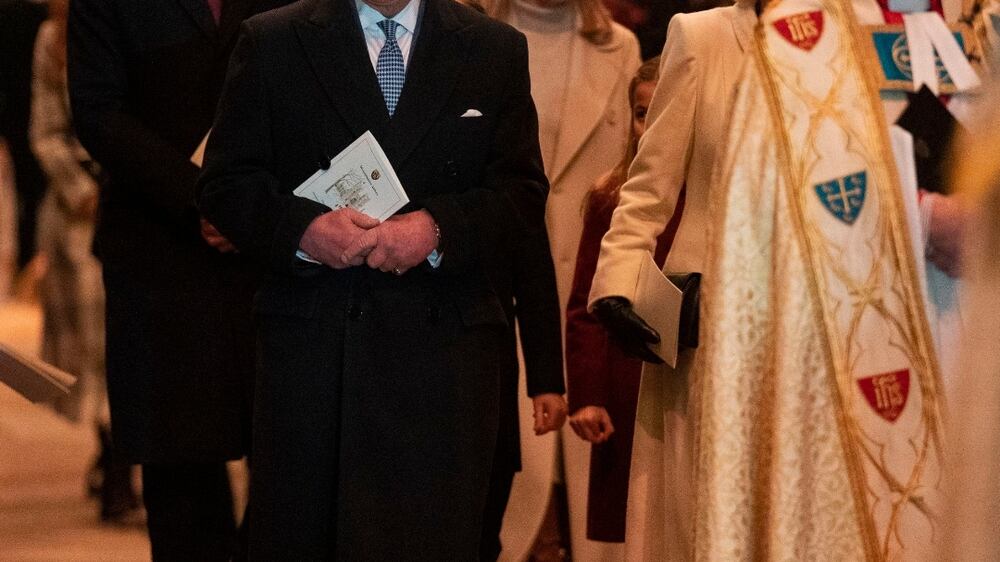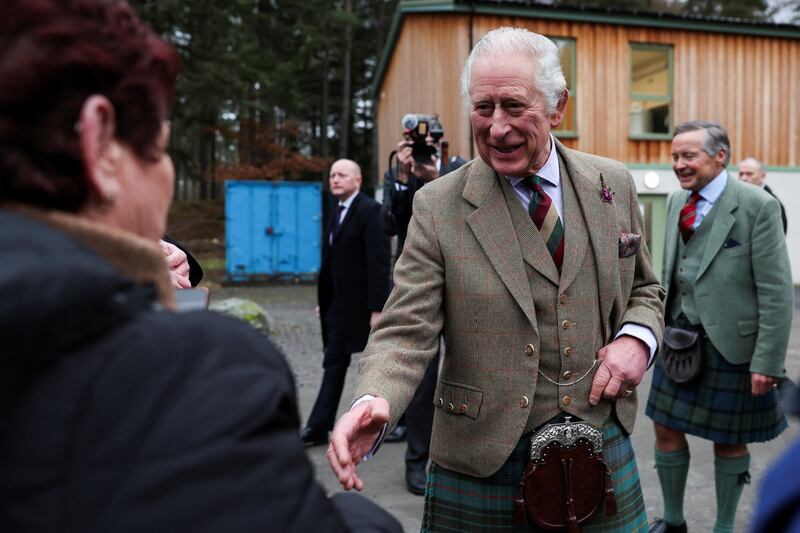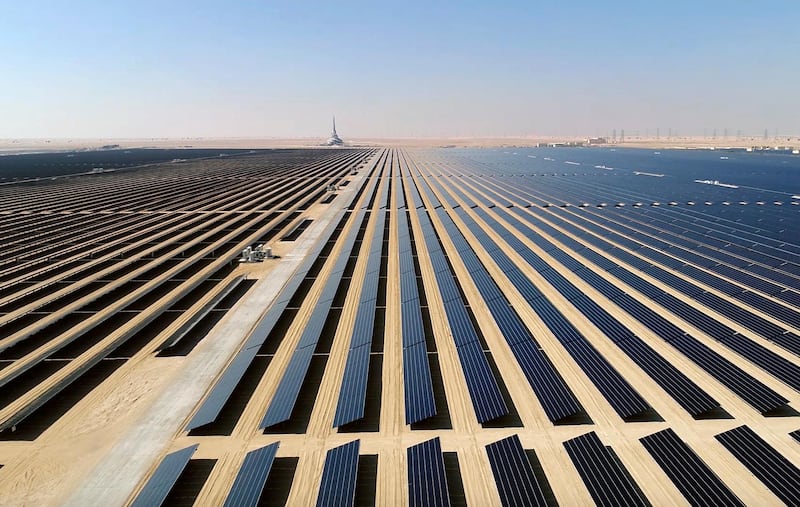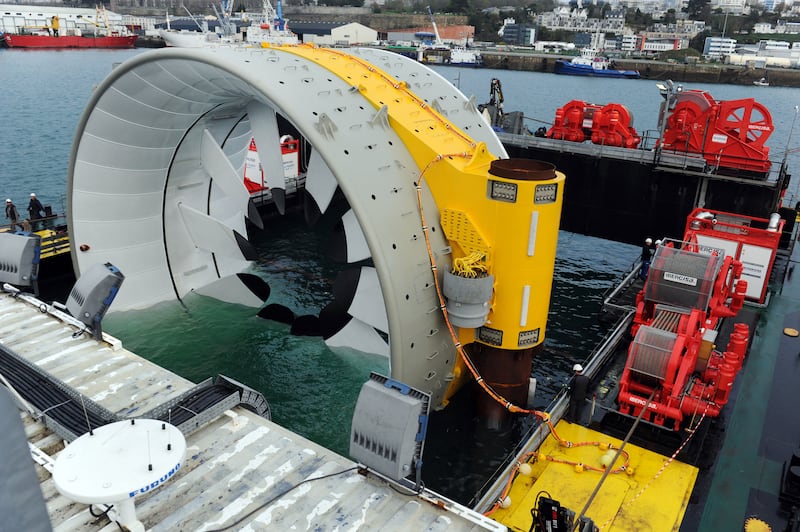Britain's King Charles III has asked for profits from a £1 billion-a-year Crown Estate wind farm deal be used for the “public good” rather than the royal family.
The royal family receives a taxpayer-funded grant to cover its running costs based on 25 per cent of profits from the Crown Estate, which is a collection of lands and property belonging to the king.
The ancient portfolio is not owned by the monarch, but is theirs “in right of The Crown” for the duration of their reign, by virtue of their accession to the throne.
Six new offshore wind energy lease agreements signed by the Crown Estate on Thursday have generated a windfall, which would normally lead to a boost in the monarchy's official funding.
But the king has asked that the additional funds “be directed for wider public good”, instead of going to the Sovereign Grant, at a time when many are facing financial hardship.
The amount is expected to be worth many millions.
The monarch surrenders the revenue from the Estate, which is worth more than £312 million a year, to the Treasury each year for the benefit of the nation's finances, in exchange for the Sovereign Grant.
The King's Keeper of the Privy Purse, Sir Michael Stevens, who manages the royal household's finances, has contacted Prime Minister Rishi Sunak and Chancellor Jeremy Hunt — his fellow Royal Trustees — to ask for “an appropriate reduction” in the percentage of Crown Estate profits used for the Sovereign Grant.
A Buckingham Palace representative said: “In view of the offshore energy windfall, the Keeper of the Privy Purse has written to the Prime Minister and Chancellor to share the King's wish that this windfall be directed for wider public good, rather than to the Sovereign Grant, through an appropriate reduction in the proportion of Crown Estate surplus that funds the Sovereign Grant.”
The Sovereign Grant is based on funds two years in arrears, so any boost in Crown Estate profits and new percentage arrangements would not affect the grant until 2024-2025.
The King used his first Christmas broadcast last month to sympathise with families struggling with the cost-of-living crisis and praise individuals, charities and faith groups supporting those in need.
He spoke about the “great anxiety and hardship” experienced by many trying to “pay their bills and keep their families fed and warm”.
King Charles's first Christmas message — video
King Charles speaks of grief in first Christmas message

The televised message also featured footage of a food bank and other scenes of meals being distributed to the homeless.
The Sovereign Grant covers the running costs of the royal household and events such as official receptions, investitures and garden parties.
It increased from 15 per cent to 25 per cent of Crown Estate profits in 2017 to cover the cost of a 10-year programme of £369 million's worth of repairs at the Palace.
The Grant goes up if Crown Estate profits increase, but it does not fall when they decrease.
The capital value of the portfolio is more than £15 billion.
Gus Jaspert, managing director, marine, at The Crown Estate, said: “Today marks a significant milestone for the UK on the road to net zero, unlocking green energy potential for more than seven million homes and demonstrating to the world that the UK offshore wind industry is growing at pace to help meet the climate challenge.”
Projects
Four companies have signed deals to build six wind farms in British waters, in a move that will see the UK take another step towards decarbonising its energy grid.
The Crown Estate has agreed to deals with companies including BP, Total and Germany’s RWE, which will lead to enough wind turbines to power about seven million homes when the wind blows.
Former business secretary Kwasi Kwarteng gave the Crown Estate approval to sign the agreements in July last year.
The leases have now been signed for the six wind farms, which have a generation capacity of 8GW.
Three of the projects are off the coast of North Wales, Cumbria and Lancashire, and the other three are in the North Sea, off Yorkshire and Lincolnshire.
Together they will pay about £1 billion ($1.23bn) to the Crown Estate every year, which can then be passed on to the Treasury.
The Crown Estate has so far awarded offshore wind rights that will see 41GW of capacity installed in British waters. So far, operating farms can produce 12GW.
It needs to approve more projects to reach the government’s target of having 50GW from offshore wind by the start of the next decade.
Green energy sources — in pictures
“Offshore wind is at the heart of our goal to secure clean, affordable and resilient energy supply for all in the UK, while bringing major business, investment and job opportunities along with it,” said Graham Stuart, Minister of State for Energy and Climate.
Dan McGrail, chief executive of trade body RenewableUK, said: “This announcement represents a major step forward, not just for these major offshore wind projects but also for the industry as a whole, as these lease agreements will strengthen our energy security, create jobs and support development of new UK supply chains.
“It demonstrates the continuing ability of the UK to attract billions of pounds in private investment due to the maturity of our world-class offshore wind market, which is enabling the redevelopment and regeneration of all areas of the UK, especially in coastal communities which need levelling up.
“Offshore wind is playing the leading role in the UK’s transition to clean power, becoming the backbone of our future energy system, and helping us to reach net-zero as fast as possible.”











